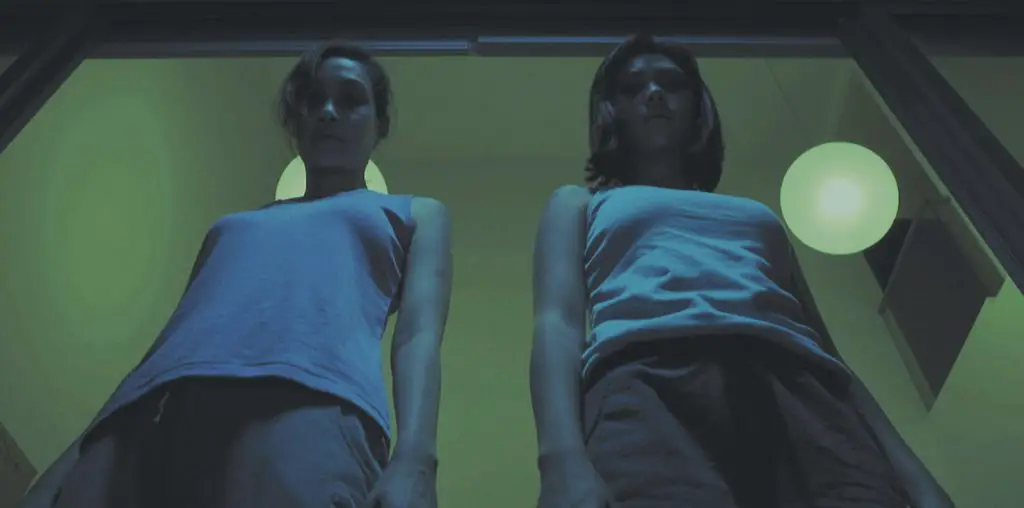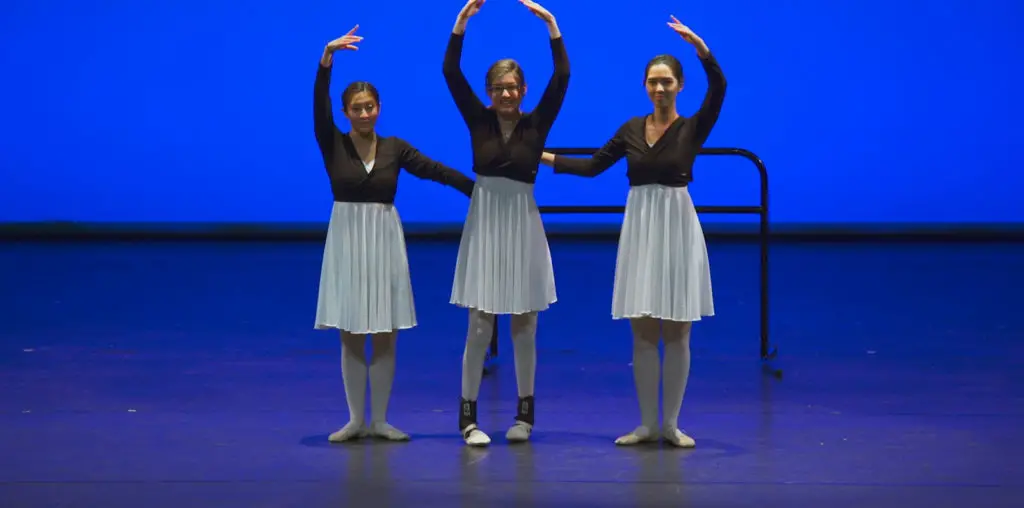
Directed by Ken Burns, his daughter Sarah Burns and her husband David McMahon, this documentary tells the shocking story of five Harlem teenagers framed for a shocking crime. And, as you watch the story unfold, one of the things you may find most shocking is the revelation that, in a very real sense, you’re part of it.
If you’re like me, you vividly recall the headlines and television news reports concerning the Central Park jogger. In the early hours of April 20, 1989 a 28-year-old white woman who’d been running in the park was found with her skull crushed, her hands bound and her clothes bloodstained and scattered. The media didn’t release her name at the time but it had no qualms about identifying the black and Latino young men charged with the crime.
Within a matter of days Antron McCray, Kevin Richardson, Raymond Santana, Kharey Wise and Yusef Salaam had confessed and New York mayor Ed Koch, who had declared the assault “the crime of the century,” was singing the NYPD’s praises. All five were eventually convicted and sentenced to stretches ranging from 7 to 13 years. And, if you’re like me, that’s the way you remember the story ending.
Which is only one of many injustices suffered by the Central Park Five as it turns out. What the media failed to cover as sensationally as it had covered their arrest, prosecution and conviction was their complete exoneration by an appeals court in 2002 after a serial rapist confessed to the assault and after every single day of their sentences had been served. A miscarriage of justice on this scale would have been tragic had it resulted from an honest mistake but, as this meticulously researched movie makes clear, honesty had little to do with it. What was done to the five young men was nothing short of a crime in its own right.
Based in part on Sarah Burns’ 2011 book The Central Park Five: A Chronicle of a City Wilding, the film offers a spellbinding re-creation of events around that fateful night. We learn that the young men were picked up by police because they’d been part of a group of 30 or so, some of whose members had caused trouble in the park. They were in custody before the rape and beating of the jogger had been reported and were about to be released when the news came in. The five, now in their thirties, recall the way officers immediately split them up and pressured them to incriminate one another. Deprived of sleep, food and water (not to mention legal representation) for more than 30 hours, each eventually confessed on camera relying on details of the crime provided by their handlers.
Tellingly, no one from the police department or prosecutor’s office agreed to be interviewed for the film. Among the movie’s talking heads, however, is a psychologist who explains, “The goal is to break the suspect down to helplessness and despair. Once the confession is taken, it trumps everything else.” Burns and Co. piece together a picture of a department whose employees grasp this and are willing to extract coerced admissions at any cost.
In one of the picture’s most powerful sequences we see the actual video recordings. Beyond the fact that these were children for all practical purposes, scared and confused, we see clearly that their confessions were forced. The accounts contradict one another and leave out key facts. And then there’s the minor detail that not one of the five actually admits to committing the crime.
“I wish I had been more skeptical as a journalist,” admits New York Times columnist Jim Dwyer. “A lot of people didn’t do their jobs-reporters, police, prosecutors, defense attorneys. Truth, reality and justice were not part of it.” At least not until now. The young men have filed a lawsuit against the city and the police department and it has languished in the courts for almost ten years. Maybe the wheels of justice will turn a little faster now that this impassioned film has put the five back in the spotlight.


